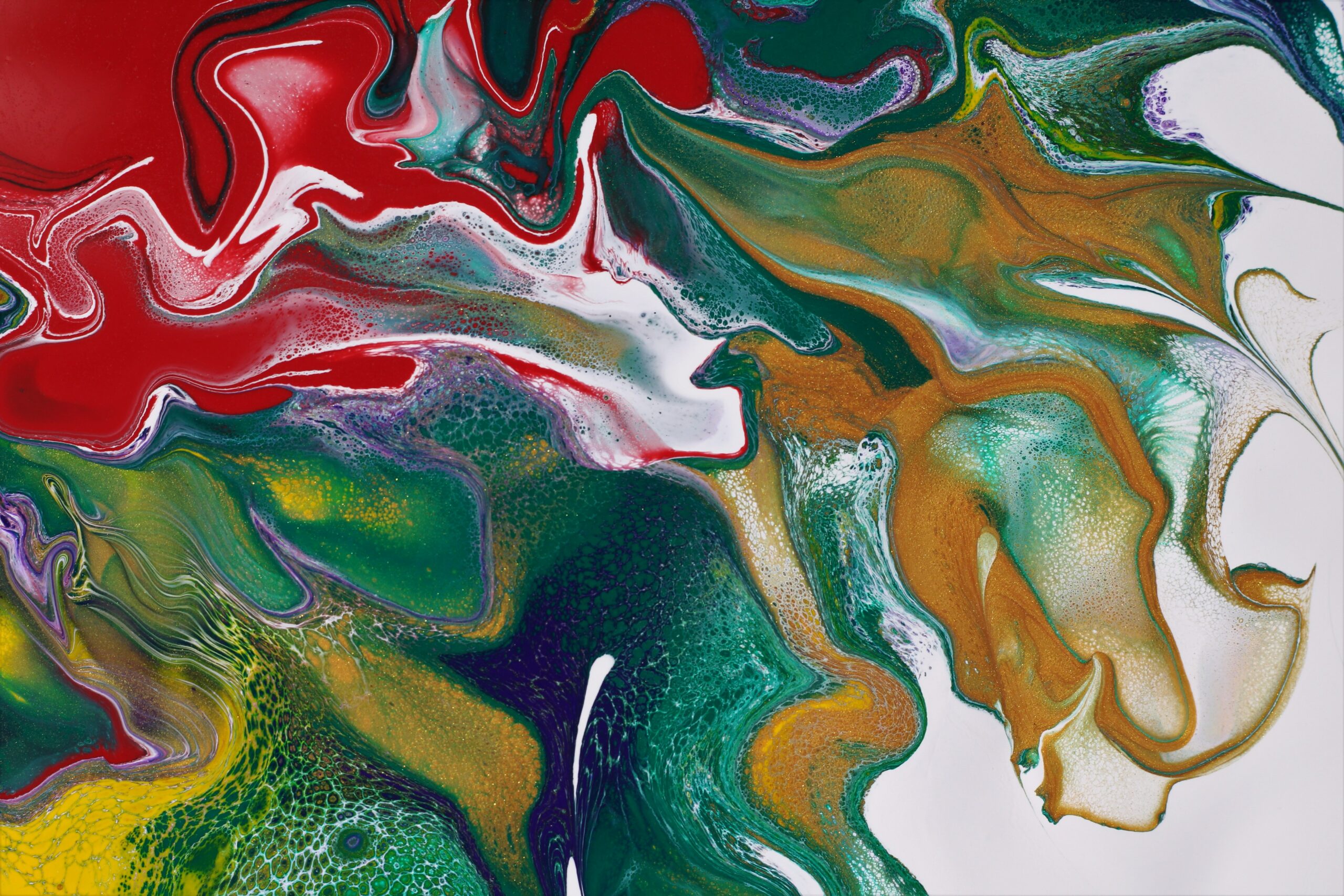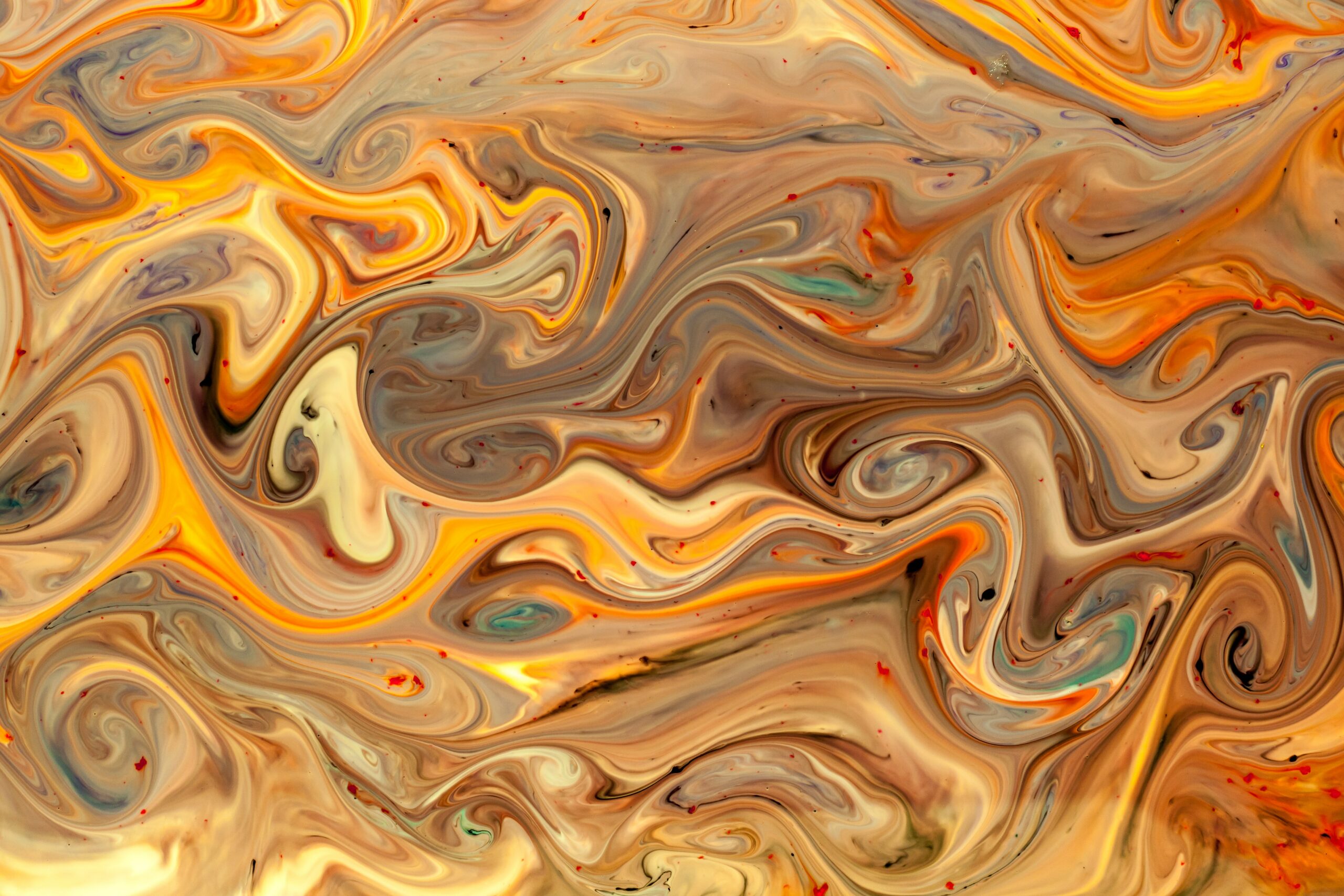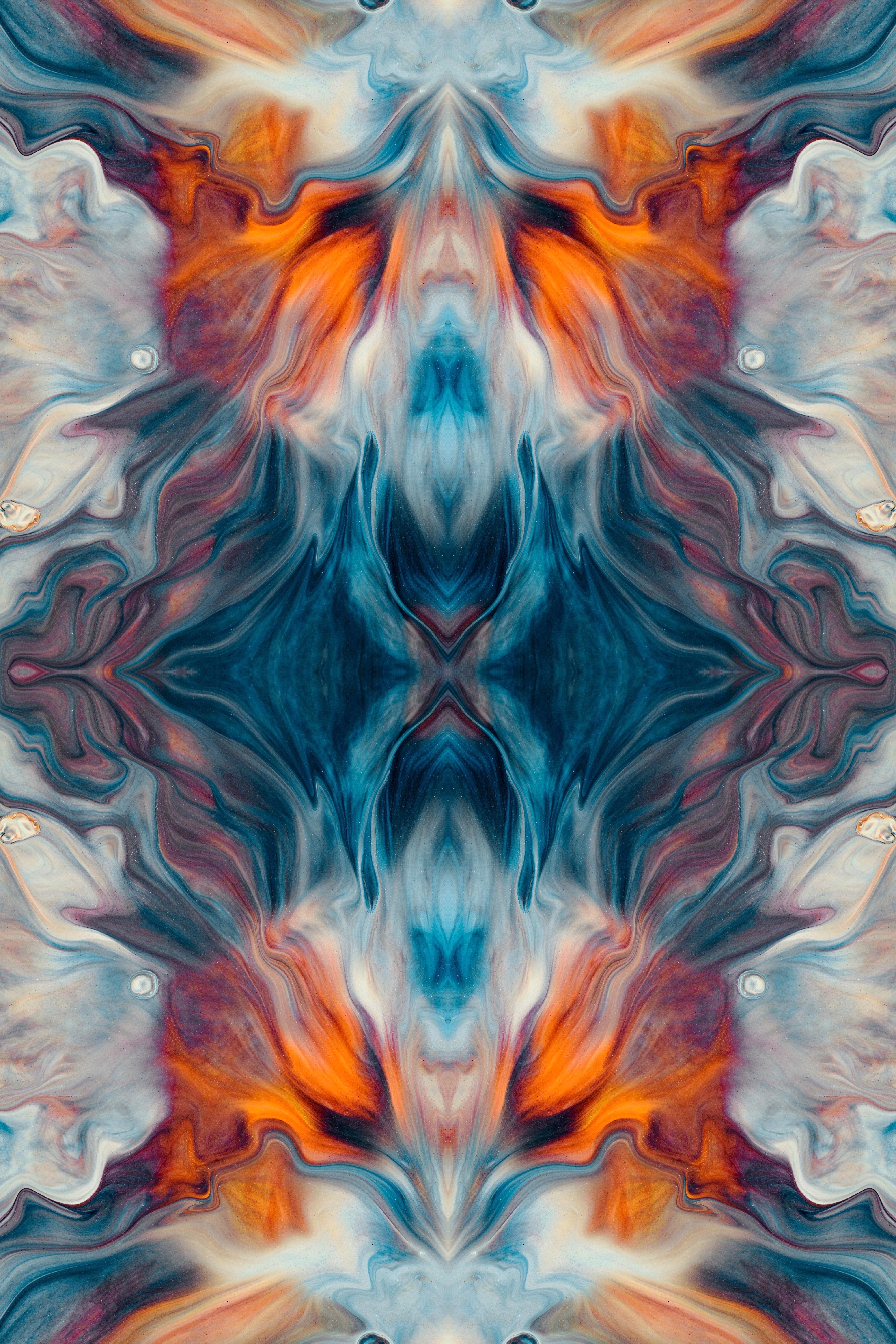Learn the Art of Acrylic Paint Pouring
Hey everyone! I'm an acrylic pouring specialist, and today I'm here to talk about some of the unique techniques that you can use to create stunning artwork with this versatile medium. Whether you're a professional artist or just starting in your creative journey, these paint-pouring methods are sure to give your pieces an eye-catching look!
I know firsthand how intimidating it can be to try something new - especially when it comes to art. That's why I'm so passionate about helping others unlock their full potential through acrylic pouring techniques. With my expertise, you'll learn how easy it is to make gorgeous works of art with minimal effort and resources.
Paint pouring isn't just for professionals; anyone can do it! All you need is a few supplies and a bit of creativity. So if you've been wanting to explore this exciting world of painting but weren't sure where to start, then keep reading as I share some tips and tricks on getting started with acrylic pour painting!
Definition Of Acrylic Paint Pouring
Are you feeling a little overwhelmed by the concept of acrylic paint pouring? Don't worry, I'm here to guide you and make it seem like an easy task. Acrylic paint pouring is a technique used in painting that involves mixing different colors of paints with some type of medium or additive, such as water or alcohol, and then transferring them onto a canvas or surface. Through this method of art making, unique abstract shapes and patterns are created. It's quite fascinating how these vibrant colors can come together in unexpected ways!
Choosing the right materials for your project is key when working with acrylic paint pouring techniques. You'll need to find quality paints that won't fade too quickly over time - so be sure to do your research before purchasing any supplies. Additionally, selecting the proper support material such as a primed canvas board or wood panel will help ensure that your artwork stays intact once completed. Lastly, having access to various tools like brushes, sponges, cups, droppers, etc., will also go a long way towards ensuring successful results. With all these components in place, you're now ready to start creating beautiful works of art! Let's move on to learning more about how we can turn our vision into reality.

Choosing The Right Materials
Choosing the right materials is essential for success with acrylic paint pouring. This starts with selecting quality paints and a compatible pouring medium. Acrylic paints are ideal because they're fast drying, easy to clean up, and highly versatile. You'll also want to use an appropriately sized canvas board or other support structure as your painting surface. A smooth finish will help ensure that you get even coverage when applying the paint.
You can also add silicone oil to your mix of supplies if desired. It has a low viscosity that helps create unique effects in the finished product such as cells and bubbles.
Paint brushes can be used to apply additional layers of color on top of those created by the pour itself. Finally, don't forget protective gear like gloves and glasses - it's important to keep yourself safe while working!
With all these elements in place, it’s time to move on to preparing your canvas so you can start creating beautiful works of art with acrylic paint-pouring techniques!
Preparing Your Canvas
When you're getting ready to pour acrylic paint, the first step is prepping your canvas. I recommend using a stretched canvas that's made of cotton or linen. You'll need to make sure it's primed with several coats of gesso before moving on to painting. Gesso will help create an even surface for the colors to mix and move around on. It also helps protect the canvas from any damage caused by the pouring medium or other products used in the process.
The next step is sealing the canvas after it has been gessoed. This ensures that your work won't smudge when it is finished and gives it a nice glossy finish if desired. You can use either varnish or gloss gel for this purpose – just be sure to let them dry completely before starting your pour!
After all these steps have been completed, you're ready to start creating beautiful works of art with acrylic paints! With proper preparation, every pour will come out looking vibrant and alive with vivid color combinations. So take some time now and get yourself set up so that you can jump right into your project without delay.

Color Mixing Strategies
Mixing colors is an essential part of acrylic paint pouring. To get the best results, it’s important to understand color mixing methods and the various ratios used when blending different mediums. Here are a few tips for getting the most out of your color mixing:
- Understand basic color theory – You should have a good understanding of how complementary colors work with each other to mix vibrant hues that won't be too dull or washed out. This knowledge will help you create harmonious pours that capture light and make your artwork stand out.
- Use the right ratio of paints and mixed media - Using too much or too little medium can drastically alter the look of your pour, so make sure you're using the correct ratio when combining ingredients like acrylic paints, pouring mediums, and additives such as glitter or watercolors. It's also helpful to experiment with adding more than one type of pourable medium to achieve unique effects.
Experiment with layering techniques – Layering multiple layers of contrasting colors can add depth and complexity to any painting project, especially when combined with different types of pours such as flips or swipes. Try experimenting with different combinations until you find something that works for you!
Different Types Of Pours
When it comes to acrylic pouring, there are a variety of techniques you can use to create amazing works of art. My favorite is the Dirty Pour because it allows for lots of creative control and produces unique pieces each time. In this technique, multiple colors of paint are layered together in one cup before being poured onto the canvas or surface. The result is an interesting mix of blended colors that creates breathtaking effects! Another popular technique is the Swipe Technique where you pour different colors on top of one another and then drag a tool through them to create patterns. This method produces some stunning designs with intricate lines and shapes. Finally, fluid art is another great way to express yourself while creating beautiful artwork. With this type of pour painting, you can manipulate your paints by adding mediums such as water or silicone oil to produce dynamic results.
No matter which technique you choose, experimenting with various methods will give you awesome results! Taking the time to learn about these different types of pours will equip you with all the skills needed for making mesmerizing masterpieces with acrylic pouring. Now let's look at how we can add those finishing touches.

Finishing Touches
When it comes to finishing touches, they are the icing on the cake! To ensure your artwork has a professional finish and stands out from the crowd, there's one final step you should consider taking. Glazing is an easy way to add some shine or high-gloss effect to your work. It will also give any colors an extra pop of vibrancy.
You can also create a crackle effect with glaze if that's what you're looking for. Accent shading can be used to draw attention to certain areas of your art piece and texture building can add more depth and character.
Now all that remains is clean up and care - ensuring your artwork lasts as long as possible in its beautiful condition.
Clean Up And Care
I'm sure you've enjoyed your paint-pouring session! Now that it's all finished, let's talk about how to clean up and care for your masterpiece.
First of all, acrylic paints are water-soluble so cleanup is straightforward. However, if the paint has dried on your canvas or painting surface, you'll need access to a few supplies such as soap, warm water, sponges, and paper towels. It's also important to wear gloves while cleaning up any messes left behind by the paint-pouring process.
Once you have everything ready, start by gently wiping away excess paint from the canvas with a damp sponge or cloth. Then use some mild soap and warm water to remove stubborn stains that may be left over. You can even use cotton swabs dipped in rubbing alcohol for tougher spots. When you're done, make sure to dry off the painting completely before storing it away safely.
These are just some of my top tips when it comes to taking care of your artwork after paint pouring. I hope these suggestions will help ensure that each piece you create looks its best long into the future!

Conclusion
It's been an incredible journey exploring the world of acrylic paint pouring. With a few simple materials and some expert guidance, you can create your beautiful artwork. Whether you’re looking for abstract designs or more intricate patterns, this technique offers endless possibilities.
I hope I've inspired you to try out these techniques yourself! Unleash your creativity with color combinations, different types of pours, and plenty of experimentation. Once you start playing around with the process, it becomes easy to get lost in the mesmerizing results that come from each one-of-a-kind piece.
So go ahead - pour away! You never know what surprises await when you let yourself flow with the creative spirit within. Let me know how it goes – I'd love to see the artworks you make!






